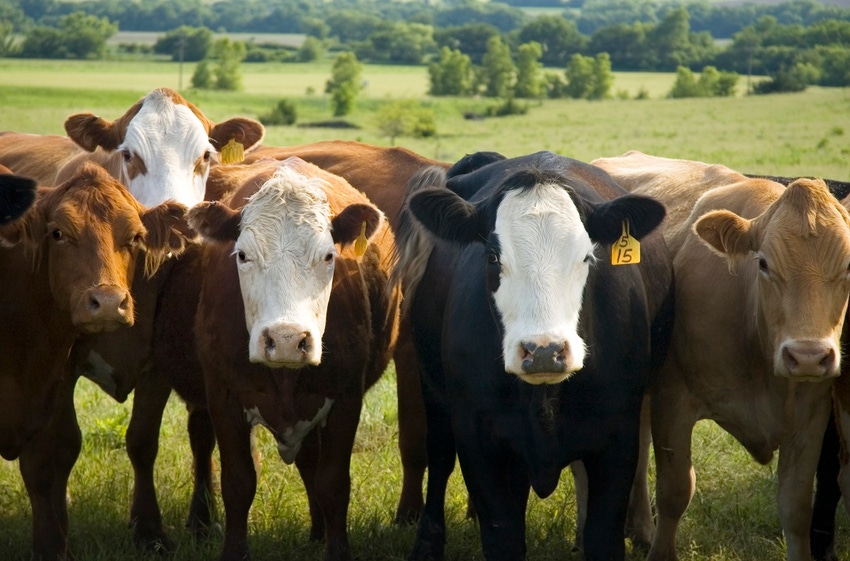Surging cull cow prices
Fewer cows available are boosting live prices.
March 6, 2024

By David Anderson,
Texas A&M AgriLife Extension Service
Cull cow prices have surged in recent weeks, along with calf and feeder prices. Southern Plains auction prices for 85-90 percent lean cows jumped from $85/cwt. to $105/cwt. over the last two weeks. National average cutter quality cows hovered around $100/cwt.
Cull cow prices tend to increase seasonally until about May-June. Higher prices are normally supported by seasonally declining cow slaughter into early summer and grilling season demand for ground beef. Dairy cow slaughter remains well below a year ago even with struggling milk prices. Dairy culling tends to decline to seasonal lows in mid-year. Weekly beef cow slaughter has remained below a year ago.
Fewer cows available are certainly boosting live prices. Tighter supplies of cow beef are boosting the meat market. Since the first of the year, cow beef production has been about 14% lower than the same period last year. Heavier weights are boosting pounds of production, partially offsetting fewer animals slaughtered.
The boxed cow beef cutout hit $240/cwt. at the end of February up from about $205/cwt. at the beginning of the year and $32/cwt. higher than the same week in 2023. Wholesale 90 percent boneless beef hit $305/cwt. at the end of February, $47/cwt. higher than last year. The increase in 90 percent lean price is in sharp contrast to the 50 percent lean price which is about 27% lower than last year. Beef imports, which are largely lean beef trimmings, have exceeded year-ago levels since April 2023, boosting lean beef supplies.
Cow prices are likely to continue to increase seasonally in the coming weeks. Beef and dairy cow weekly slaughter should remain below a year ago keeping supplies tight. The calendar moving towards spring and the grilling season’s start should boost prices further.
A note on the Texas Wildfires
By now, everyone has seen the news about the wildfires in the Texas Panhandle. No estimates of total damages are available yet. While a large portion of Texas cattle are in the Panhandle region, most of those are in feedlots and dairies. None of those have been hit by the fires. The impact is on rangeland beef cattle. Losses are likely to be large and will include ranch infrastructure like fences, lost grazing while rangelands recover, and cows and calves lost, especially given this time of year. After several years of drought, low cattle prices, and higher costs, losses from the fires will be especially damaging because of today’s record-high prices and the lost opportunity to make up financially for the last few years.
You May Also Like


.png?width=300&auto=webp&quality=80&disable=upscale)
